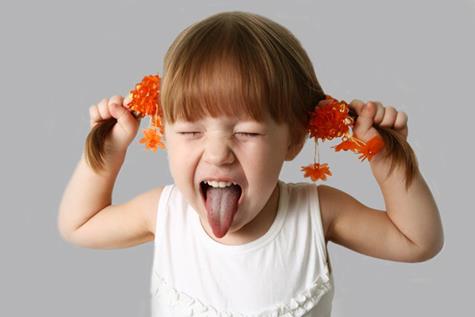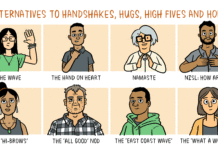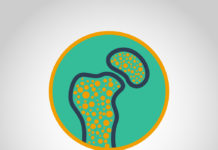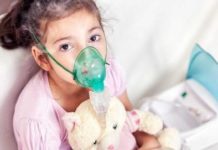BEHAVIOURAL DISORDER INCHILDREN
1. Behavioural disorders refers to a category of mental disorders that are characterized by persistent or repetitive behavior that are common among children of the same age. Disruptive behavior disorders involves acting out and showing unwanted behavior towards others, they are often known as externalizing disorders.
2. The most common disruptive behavior disorder includes; Oppositional defiant disorder ( ODD),Conduct disorder(CD) and Attention deficit hyperactivity disorder(ADHD).The child may have two disorders at the same time.
3. The symptoms of ODD are: getting angry, throws tantrums, has low self-esteem, always gets annoyed and blames others for all misdeeds. Symptoms of CD are: refusing to follow rules, repetitive truancy, trying abusive substances, always ready to fight, aggressive towards animals, lying frequently, running away from home and suicidal attempts. The symptoms of ADHD are relatedCD, they also have trouble focusing on one thing, disoriented when you speak to them and they have difficulty in remembering things.
4. Behavioural disorders can be caused by: Biological factors, Social and environmental factors and Psychological factors. Some traits of behavioural disorders runs in the families, children with a family history of such disorder have learning problems, anxiety,depression or bipolar disorder. Children of the families that regularly experience a lot of stress, financial difficulties, exposure to violence, family break up, harsh or inconsistent parenting or supervision leads to these disorders.
5. There are certain risk factors in children having behaviouraldisorders which are; gender, gestation and birth, temperament,family life, learning difficulties, intellectual disabilities and brain development. Boys are more likely than girls to suffer from behavioural disorders.
6. The instrument used to measure these disorders consist of check-list information obtained from parents, teachers or the child or data from structured interviews carried out with them. One check-list procedure is the Rutter questionnaire, which has been most commonly used in different countries. This questionnaire enables us to discriminate children who have problem with those who don’t have it, through this test It is easy to relate specific risk factors with these common childhood psychiatric disorders.
7. The highly effective way to deal with the behavioral problems is through activities like physical activities, role playing whichteaches control impulses in kids, don’t react or respond to the bad behavior, stay positive and consistent, be a role model and change the rules sometimes and do make a behavior chart to track the child’s behavior pattern, ask the child to read aloud or story telling is another best activity, having a healthy diet, getting recommended amount of sleep might be very helpful.
8. Random misbehavior is the right of a child, so don’t try to clamp down on it with your disciplinary ways. If you think that thesituation is out of your hands, then approach a child behavior specialist or the best psychiatris , therapist or counselor. They are proffessionals who specialize in the treatment of mental, emotional or behavioural problems.
9. Treatment options may include parent management training, family therapy, congnitive behavioural therapy, social training,anger management, support for associated problems ,encouragement and medication.
10. Mental health is an important part of overall health change in child. Due to unrecognized mental disorders the child’s problem may lead to a serious sign of illness in future. All the mental and behavioural disorders can be cured if you find their symptoms at the right time. Before you label your child as bad, try to understand the child’s behavior to determine the root cause. With the right approach and professional help behavioural issues in children can be fixed.








